Huazi Zhang
Realistic Channel Models Pre-training
Jul 22, 2019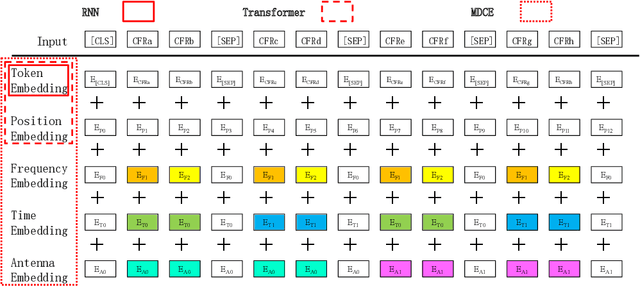
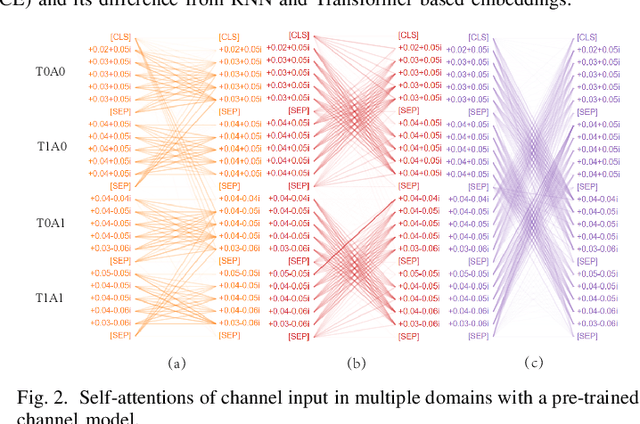
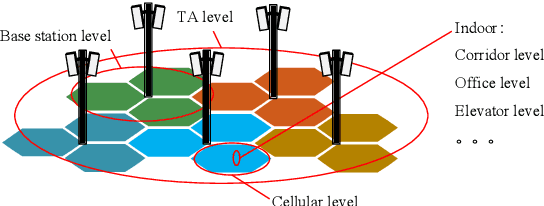
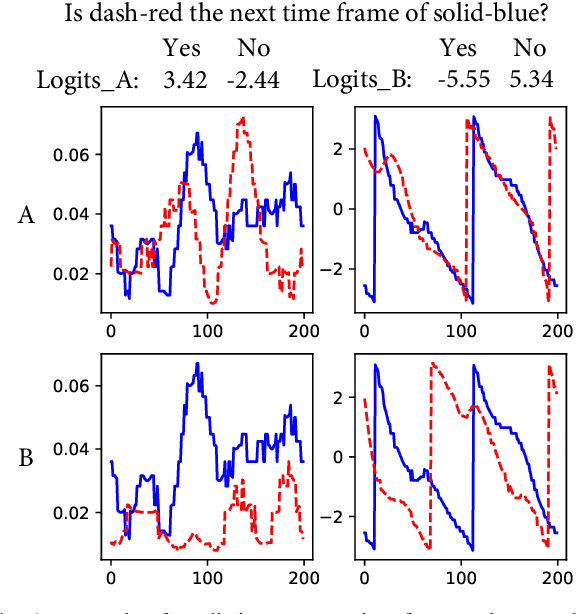
Abstract:In this paper, we propose a neural-network-based realistic channel model with both the similar accuracy as deterministic channel models and uniformity as stochastic channel models. To facilitate this realistic channel modeling, a multi-domain channel embedding method combined with self-attention mechanism is proposed to extract channel features from multiple domains simultaneously. This 'one model to fit them all' solution employs available wireless channel data as the only data set for self-supervised pre-training. With the permission of users, network operators or other organizations can make use of some available user specific data to fine-tune this pre-trained realistic channel model for applications on channel-related downstream tasks. Moreover, even without fine-tuning, we show that the pre-trained realistic channel model itself is a great tool with its understanding of wireless channel.
Reinforcement Learning for Nested Polar Code Construction
Apr 16, 2019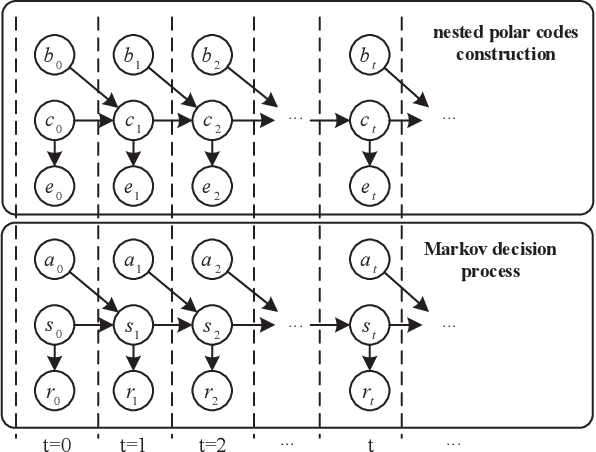
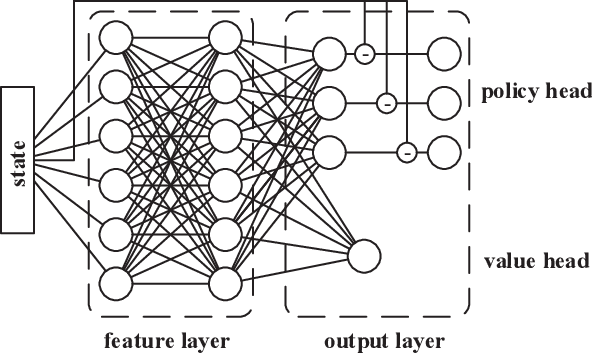
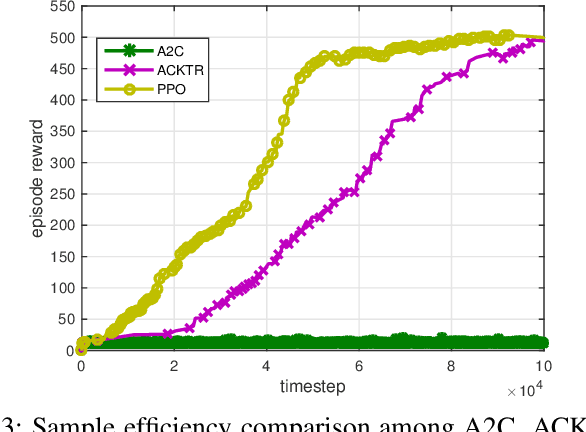
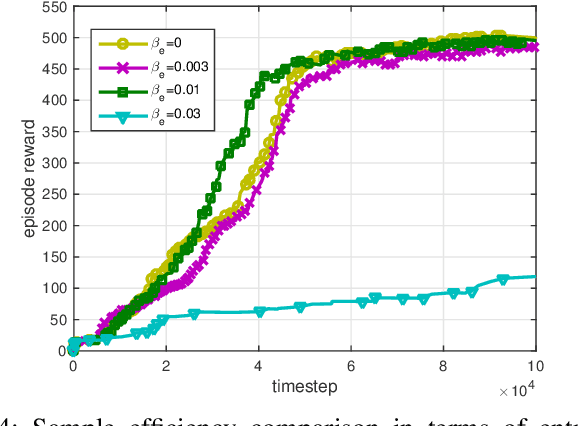
Abstract:In this paper, we model nested polar code construction as a Markov decision process (MDP), and tackle it with advanced reinforcement learning (RL) techniques. First, an MDP environment with state, action, and reward is defined in the context of polar coding. Specifically, a state represents the construction of an $(N,K)$ polar code, an action specifies its reduction to an $(N,K-1)$ subcode, and reward is the decoding performance. A neural network architecture consisting of both policy and value networks is proposed to generate actions based on the observed states, aiming at maximizing the overall rewards. A loss function is defined to trade off between exploitation and exploration. To further improve learning efficiency and quality, an `integrated learning' paradigm is proposed. It first employs a genetic algorithm to generate a population of (sub-)optimal polar codes for each $(N,K)$, and then uses them as prior knowledge to refine the policy in RL. Such a paradigm is shown to accelerate the training process, and converge at better performances. Simulation results show that the proposed learning-based polar constructions achieve comparable, or even better, performances than the state of the art under successive cancellation list (SCL) decoders. Last but not least, this is achieved without exploiting any expert knowledge from polar coding theory in the learning algorithms.
Learning to Flip Successive Cancellation Decoding of Polar Codes with LSTM Networks
Feb 25, 2019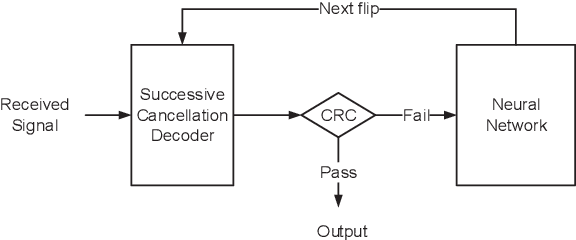
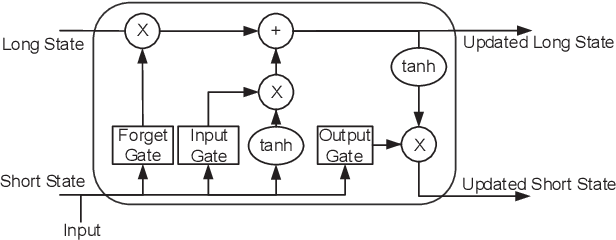
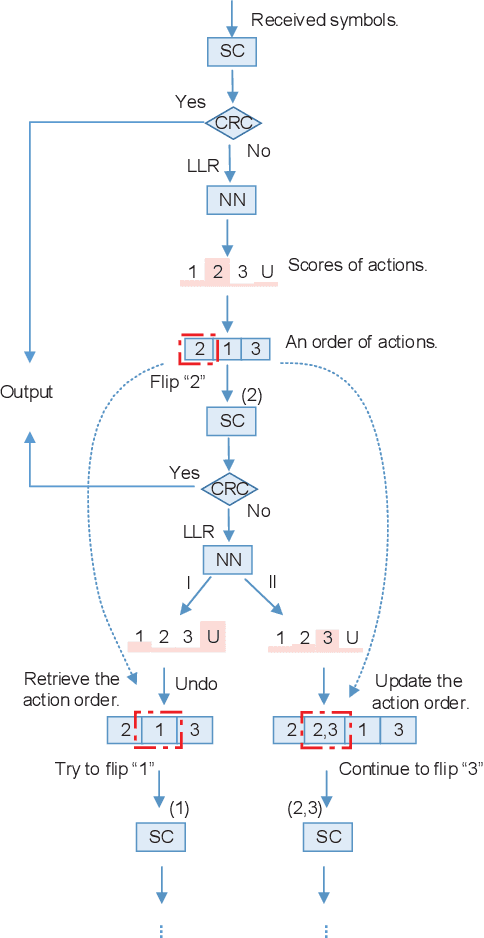
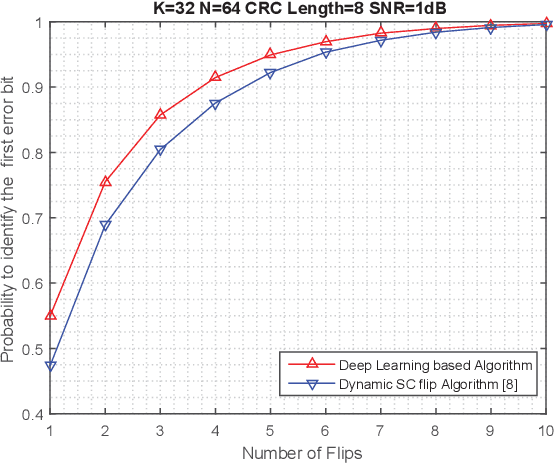
Abstract:The key to successive cancellation (SC) flip decoding of polar codes is to accurately identify the first error bit. The optimal flipping strategy is considered difficult due to lack of an analytical solution. Alternatively, we propose a deep learning aided SC flip algorithm. Specifically, before each SC decoding attempt, a long short-term memory (LSTM) network is exploited to either (i) locate the first error bit, or (ii) undo a previous `wrong' flip. In each SC attempt, the sequence of log likelihood ratios (LLRs) derived in the previous SC attempt is exploited to decide which action to take. Accordingly, a two-stage training method of the LSTM network is proposed, i.e., learn to locate first error bits in the first stage, and then to undo `wrong' flips in the second stage. Simulation results show that the proposed approach identifies error bits more accurately and achieves better performance than the state-of-the-art SC flip algorithms.
Performance Evaluation of Channel Decoding With Deep Neural Networks
Jan 31, 2018
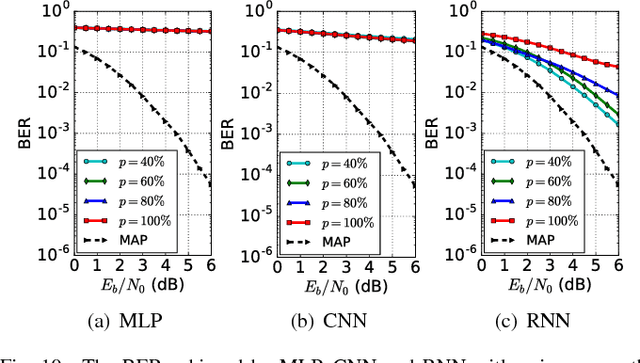
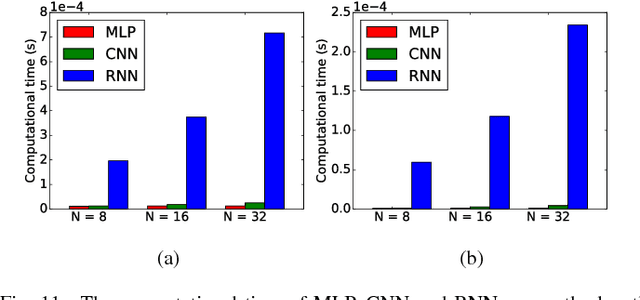
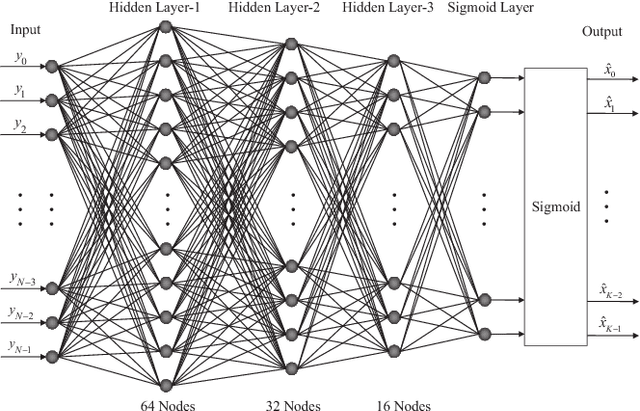
Abstract:With the demand of high data rate and low latency in fifth generation (5G), deep neural network decoder (NND) has become a promising candidate due to its capability of one-shot decoding and parallel computing. In this paper, three types of NND, i.e., multi-layer perceptron (MLP), convolution neural network (CNN) and recurrent neural network (RNN), are proposed with the same parameter magnitude. The performance of these deep neural networks are evaluated through extensive simulation. Numerical results show that RNN has the best decoding performance, yet at the price of the highest computational overhead. Moreover, we find there exists a saturation length for each type of neural network, which is caused by their restricted learning abilities.
 Add to Chrome
Add to Chrome Add to Firefox
Add to Firefox Add to Edge
Add to Edge